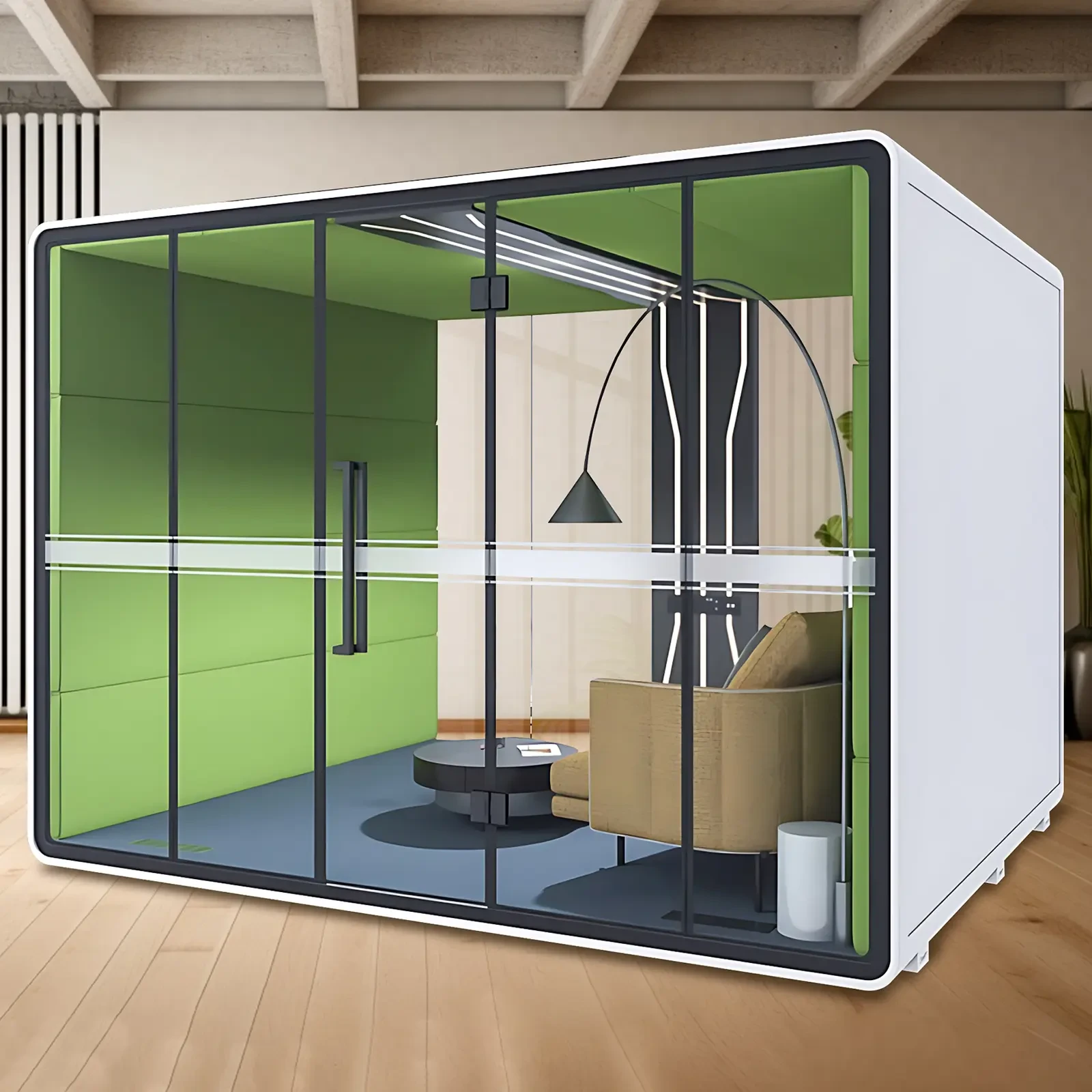From deep rumbles to subtle whispers, modern noise reduction technologies are making gas transmission stations quieter, allowing them to coexist harmoniously with their surroundings.
As a crucial node in the natural gas transmission system, gas transmission stations play a vital role in ensuring a safe and stable energy supply. However, the mixed noise sources generated by compressors, pressure regulating equipment, and airflow noise within the stations have long been a problem plaguing the surrounding environment. Now, with continuous advancements in environmental protection technologies, comprehensive noise control solutions can effectively address this issue.
I. Noise Characteristics and Challenges
Noise from gas transmission stations primarily originates from the operation of process equipment, characterized by complex sound sources, variable frequencies, and long propagation distances. The low-to-medium frequency noise generated by compressor units, the airflow noise from pressure regulating devices, and the high-frequency noise from various pumps and motors all combine to create a complex noise environment.
This type of noise not only affects the occupational health of station staff but can also disrupt the lives of residents within a certain radius. Low-frequency noise, in particular, with its long propagation distance and strong penetrating power, presents unique challenges to noise control efforts.
II. Our Noise Control Strategy
We adhere to the principles of "source control, path blocking, and systemic governance," employing multi-level and comprehensive noise control measures:
Equipment-level noise reduction forms the foundation of the control system. By selecting low-noise equipment, installing compressor soundproof enclosures, and installing intake and exhaust silencers, we control noise at its source. For high-frequency rotating equipment, we use flexible connections and vibration-damping foundations to effectively reduce structural noise.
Propagation path control constitutes the second line of defense. We rationally plan the station layout, placing high-noise equipment away from sensitive areas; we install sound barriers to block noise diffusion using the propagation characteristics of sound waves; and we wrap process pipelines with sound insulation to reduce airflow noise radiation.
Comprehensive boundary control ensures the final effect. By optimizing station boundary sound insulation facilities, such as installing sound barriers, and combining this with the sound absorption effect of vegetation belts, we form a multi-layered protection system. We establish a real-time noise monitoring system to continuously monitor and collect data on station boundary noise levels.
Technological Innovation and Application
We continuously invest in the research and application of noise control technologies:
Intelligent Noise Reduction System: Through adaptive control technology, the parameters of noise reduction equipment are adjusted in real time to achieve optimal noise reduction effects.
New Sound-Absorbing Materials: New materials with broadband sound absorption characteristics are applied to improve the absorption efficiency of mid- and low-frequency noise.
Numerical Simulation Technology: Acoustic simulation software is used to accurately predict noise propagation patterns and optimize the design of noise control solutions.
We deeply understand that a good acoustic environment is an important foundation for the harmonious coexistence of enterprises and communities. The company is committed to continuously improving the noise control level of gas transmission stations, ensuring stable and compliant emissions at the plant boundary, and earnestly fulfilling its social responsibility for environmental protection.
Through regular noise monitoring and assessment, maintenance and upgrading of noise reduction facilities, and maintaining open communication with the community, we are committed to making every gas transmission station an environmentally friendly facility, ensuring the safety of energy transmission while protecting the peaceful living environment of the surrounding communities.

 USD
USD
 GBP
GBP
 EUR
EUR



